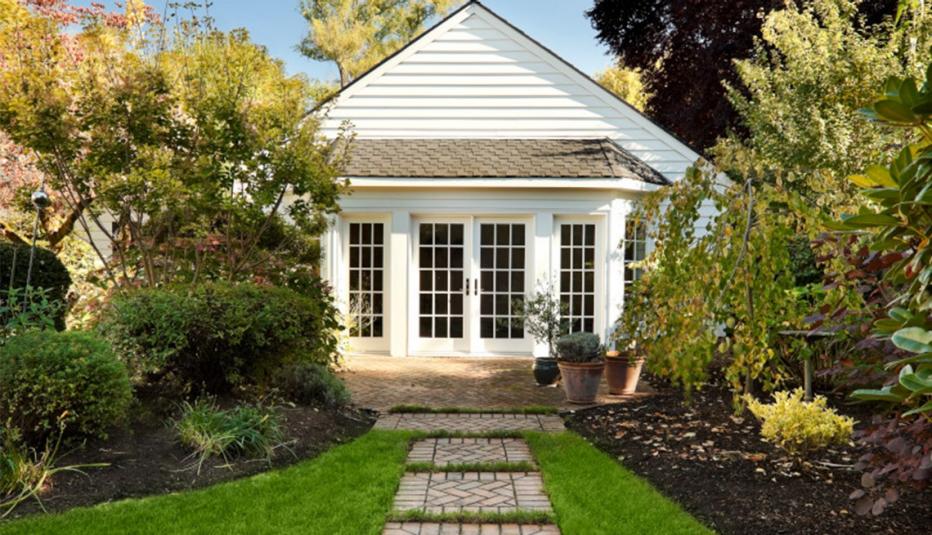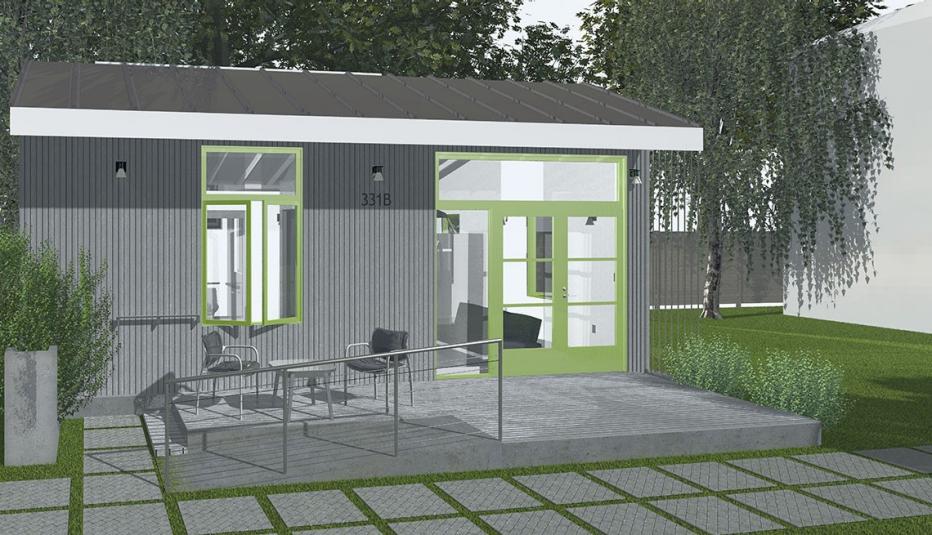AARP Hearing Center
Introduction
The Low-Income Housing Tax Credit (LIHTC) was established as part of the Tax Reform Act of 1986 and has since become the major federal subsidy program supporting the construction of affordable rental housing units. Between 1987 and 1998, more than 700,000 units for low-income residents were completed under the program. Until now, however, relatively little has been known about how the program is serving the needs of older low-income renters. Serving the Affordable Housing Needs of Older Low-Income Renters: A Survey of Low-Income Housing Tax Credit Properties1 presents the results of an AARP Public Policy Institute survey of nearly 1,600 owners of tax credit properties. Analysis is provided both for mixed age LIHTC properties and those developed primarily for older residents.
Key Findings
- Twenty-four percent of LIHTC properties were intended primarily for older persons. Older persons are also frequently found in mixed resident properties.
- Survey results show that more than 80 percent of properties, including those for older persons, were developed entirely for low-income residents. This proportion is much higher than was expected when the program was developed.
- Residents of properties intended primarily for older persons were much more likely to have frailties or disabilities persons compared to older persons in mixed resident properties (34 percent versus 7 percent).
- LIHTC properties, especially those for older persons, have very low vacancy rates. The vacancy rate for mixed resident LIHTC units was 4 percent, and the vacancy rate of units in LIHTC properties primarily intended for older persons was 3 percent. By comparison, the vacancy rate for all rental units (including both subsidized and market rate units) in the United States was approximately 8 percent during the time of the survey.
- Most LIHTC properties maintain a waiting list. Four out of five LIHTC properties maintain a waiting list for available units. Virtually all properties intended primarily for older persons maintain a waiting list.
- Households on a waiting list often wait a long time before a unit becomes available. Properties for older persons had a median wait of 6 months and an average wait of 8 months for an available unit.
- Owners frequently reported that they had obtained some additional type of development subsidy. Among the additional development subsidy sources, the most common was a Department of Agriculture Rural Housing Service mortgage.
- Many tenants in LIHTC properties received direct rental assistance. Direct rental assistance reduces the amount of rent tenants pay. Tenant-based assistance is more common among mobile younger renters, whereas project-based assistance is more common for older renters.
- LIHTC properties developed primarily for older persons were far more likely than mixed resident LIHTC properties to offer accessibility features in units and in common areas. LIHTC properties for older persons were also more likely to have common areas such as meeting rooms, laundry rooms, waiting areas, etc.
- The residents in nearly one-third of LIHTC properties for older persons did not have access to a service coordinator. Only 21 percent of LIHTC properties for older persons had a service coordinator on staff. Forty-seven percent had access to community-based service coordination.
- Fifty-four percent of LIHTC properties intended primarily for older persons did not offer any services to residents. Among those that did, services ranged from social and recreational activities to supportive services such as transportation, group meals, and housekeeping. The most common services offered in tax credit properties for older persons were social/recreational activities (41 percent), transportation (20 percent), group meals (16 percent), and housekeeping (13 percent).
- The median size of LIHTC properties for older persons was 32 units, compared to 24 units for mixed resident LIHTC properties, although the average was comparable (46 and 47 units, respectively).
- Two percent of LIHTC properties were licensed, registered, or certified as an assisted living facility or residential care facility.




































































